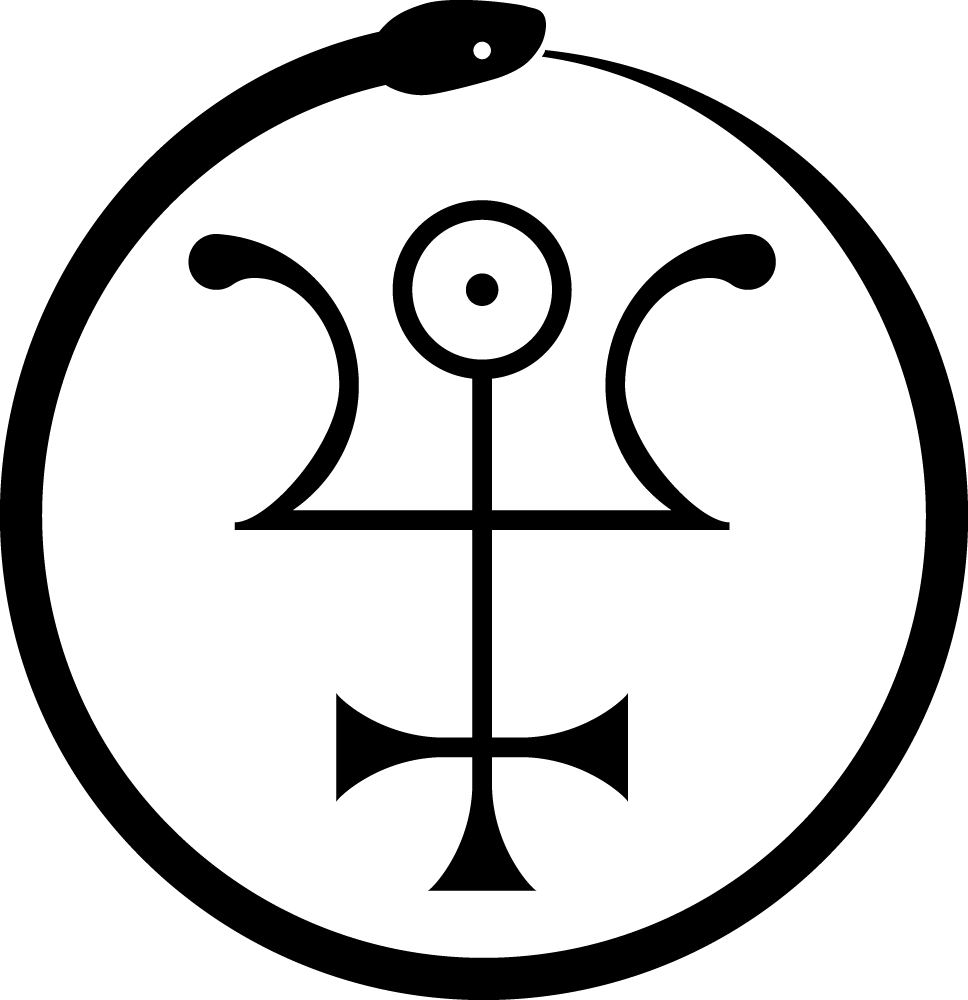by T. Apiryon
This Saint is very obscure, there is no historical personage of any note whatsoever who was known by this name. Some have speculated that the reference may be to William I “The Conqueror,” Norman King of England (1027 – 1087 e.v.), or to the medieval English logician, William of Shyreswood or Sherwood (died 1267 e.v.), or to the great historian of the crusades, William of Tyre (1130-1187 e.v.), or to the scholastic philosopher William of Occam (died c. 1349) or even to Kaiser Wilhelm II of Germany (1859-1941 e.v.) Generally, such speculations have been based on the assumption that the name “Schyren” is a typographical for some other word or name, either known or unknown.
However, “Schyren” is actually an historical spelling variant of “Scheyern” (as are Scheuern, Scheiern and Skyrun). Scheyern is an ancient castle in Bavaria, located near Pfaffenhofen between Munich and Ingolstadt. It was the home of the Counts of Scheyern, who ruled a portion of Bavaria from the time of Charlemagne until 1115 e.v. When Count Otto II of Scheyern died, his wife Haziga moved into a new castle in nearby Wittelsbach; thereby changing the family name from “von Scheyern” to “von Wittelsbach.” In 1180 e.v., the Holy Roman Emperor Frederick I “Barbarossa” deposed the Duke of Bavaria, Henry the Lion, and bestowed the duchy upon Count Otto III of Wittelsbach, who became known as Duke Otto I of Bavaria. The Wittelsbach dynasty maintained official royal title to Bavaria until the abdication of King Ludwig III in 1918 e.v. The Wittelsbach dynasty produced two Holy Roman Emperors, Louis (Ludwig) IV (1314 – 1347 e.v.) and Charles VII (1742 – 1743 e.v.), and at least one E.G.C. Saint, “Ludovicus Rex Bavariae,” Ludwig II (1845-1886 e.v.).
None of the ancient Counts of Scheyern bore the name William or Wilhelm. There were, however, several dukes of the later Wittelsbach period with the name William. Little is written about William I of Bavaria (1333 – 1389 e.v.). William IV of Bavaria (1493 – 1550 e.v.) is noted for his opposition to Lutheranism when nearly all of the neighboring nobility were embracing it, and for inviting the Jesuits to Bavaria, who established their headquarters at the university of Ingolstadt. William V of Bavaria (1548 – 1626 e.v.) is noted for his alliance with the Habsburgs and expansion of Bavarian territories. Duke Otto II of Bavaria (1206 – 1270 e.v.) is said to have been one of the patrons of the unnamed minnesinger known only as “der Tannhäuser.”
When the Counts of Scheyern moved to Wittelsbach, they converted Castle Scheyern to a Benedictine Abbey, temporarily populating it with monks from the Abbey of Hirsau (Hirschau) under Abbot William of Hirsau (c. 1026 – 1091 e.v.). William of Hirsau had established Hirsau’s reputation as a center of learning, and is still remembered as a notable mystic, monastic reformer, and scholarly researcher in astronomy and music theory.
William of Hirsau, or William the Blessed, is a figure of some historical importance in German Freemasonry. Architect and architectural historian Carl Heideloff, in 1844 e.v., erroneously asserted that William was not only abbot of Hirsau but also a Count Palatine (Pfaltzgraff) of Schyren, Scheuern, or Schyern; and other authors followed him in this later. William’s connection to the Abbey of Scheyern was actually very slight; not long after he installed 12 monks at that remote castle, he and the new monks decided that they couldn’t stand the isolation and harsh winters, so the they returned to Hirsau.
However, one of William’s notable activities at the Abbey of Hirsau was to instigate and manage major construction works; which included training his subordinate monastic brothers in the arts and sciences associated with architecture and stonemasonry. He also developed statutes pertaining to the harmonious and cooperative management of construction activities in brotherly unity, which were widely acclaimed. The success of these endeavors led to orders from many countries throughout Christendom to come and build monasteries. To comply with these orders, he took on a large number of lay brothers into his monastic construction corps, who gathered in local lodges or “huts” known as Bauhütte. Several Masonic authors have asserted that the Bauhütte played a significant role in the development of the guilds of operative masonry that ultimately developed into Speculative Freemasonry.
I am indebted to Frater Superior Hymenaeus Beta for his research into German Freemasonic sources, finally leading to the positive identification of William of Hirsau as Gnostic Saint “William of Schyren.”
References:
American Council of Learned Societies; Dictionary of the Middle Ages, Scribners, NY 1989
Benton, William (Publ.); Encyclopaedia Britannica, 1768/1973
[Blake, Edith] The Realities of Freemasonry, by Mrs. Blake, Chapman and Hall, London 1879
Findel, J.G.; Geschichte der Freimaurerei von der Zeit ihres Entstehens bis auf die Gegenwart, Luppe, Leipzig 1861
Glaser, Hubert (Ed.); Wittelsbach und Bayern: Die Zeit der Frühen Herzöge, von Otto I. zu Ludwig dem Bayern, Hirmer Verlag, München 1980
Gould, Robert Freke; The History of Freemasonry, Thomas C. Jack, London 1887
Heideloff, Carl; Die Bauhütte des Mittelalters in Deutschland, 1844
Knecht, R.J.; Francis I, Cambridge University Press, Cambridge 1982
Mackey, Albert G.; An Encyclopaedia of Freemasonry and its Kindred Sciences, Masonic History Company, 1913
McDonald, William J. (Ed. in Chief); New Catholic Encyclopedia, McGraw Hill, NY 1967
Revised 7/4/2024
Original Publication Date: 5/9/95
Originally published in Red Flame No. 2 – Mystery of Mystery: A Primer of Thelemic Ecclesiastical Gnosticism by Tau Apiryon and Helena; Berkeley, CA 1995 e.v.
